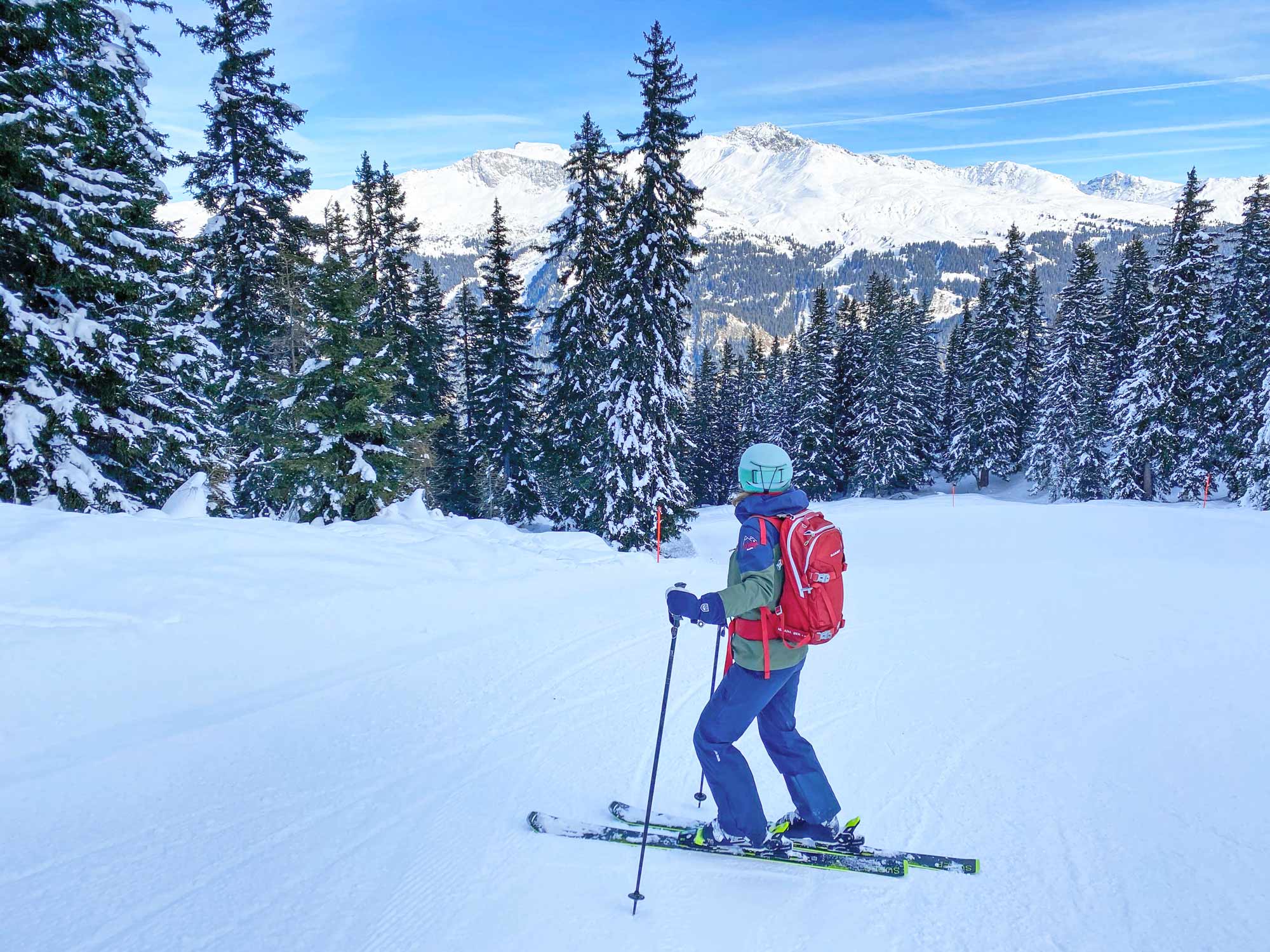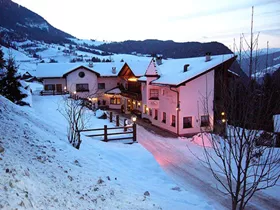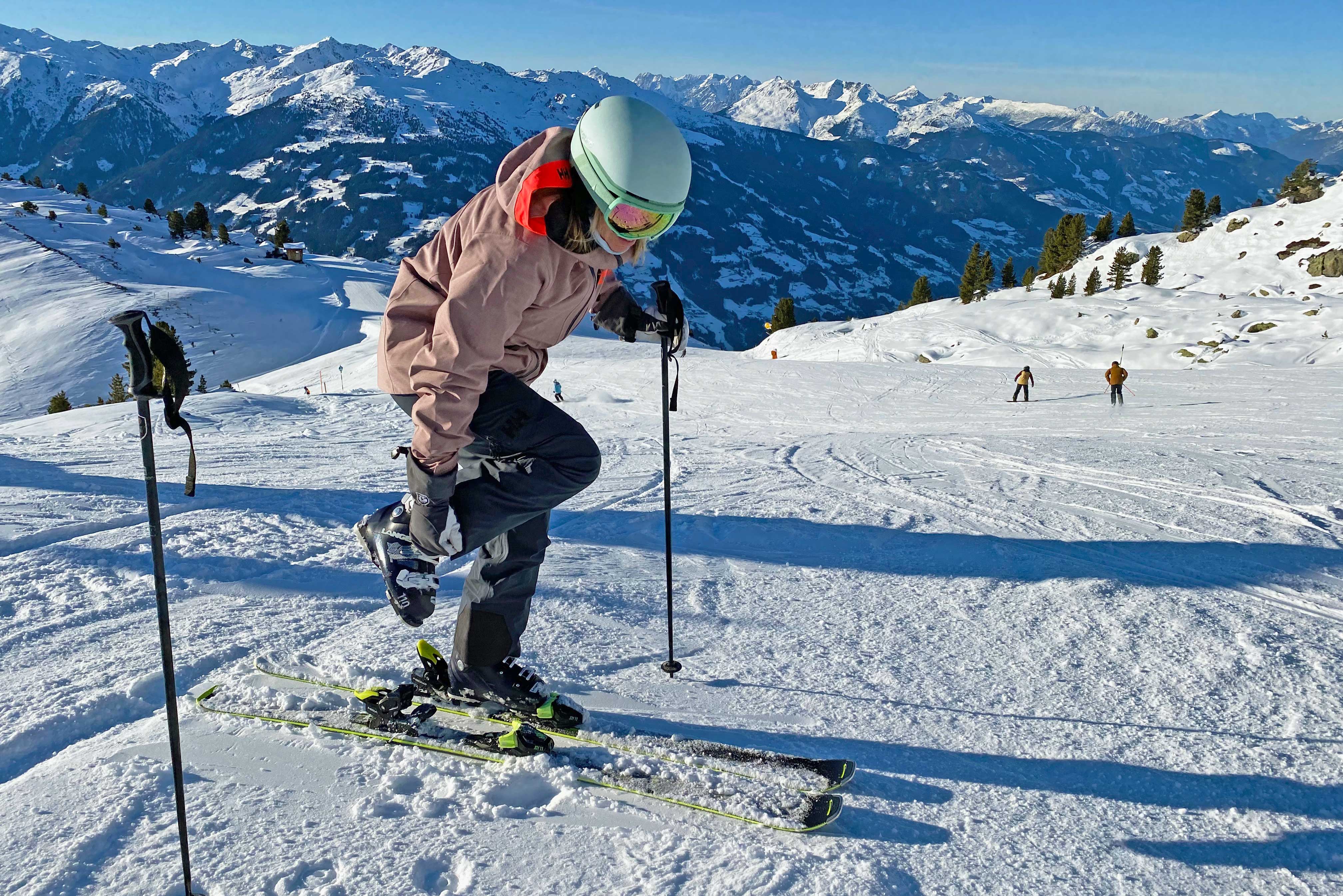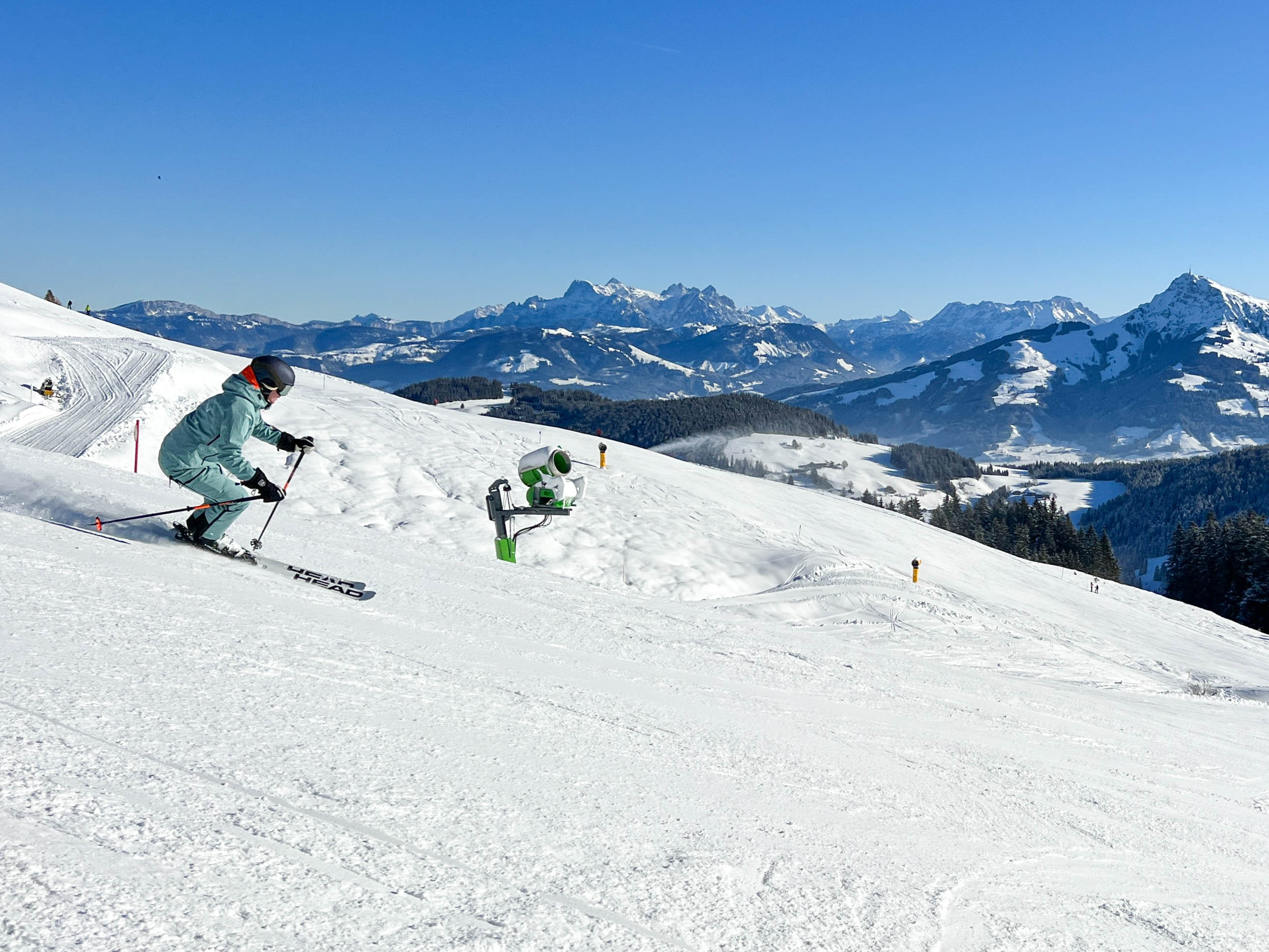

The ability to ski safely on a mogul field is an excellent indicator of a skier’s level. We strongly advise beginners to avoid skiing bumps at all costs! However, what if you are an experienced skier with many years of slope time under your ski suit belt, but you do not have enough confidence in your skiing or physical abilities to venture onto those intimidating mogul fields? Don’t worry, we’re here to help you - you will find below some practical advice for skiing bumps without ruining your confidence or your ski holiday!
Moguls - some resorts even promote them!
Knowing how to ski bumps can be important because some ski resorts rely precisely on the existence of these mogul fields to characterize their ski area and give it a sort of trademark! The apprehension of skiing a steep, well developed, mogul field could put tourists off skiing in certain parts of a resort's ski area. For example in Alpe d'Huez, skiers who are not comfortable skiing bumps should not go up to the Pic Blanc (at 3330m of altitude) because the only way down is via steep walls covered in bumps - the Sarenne slope and, in particular, the Tunnel run. Skiers on holiday in Tignes who would like to enjoy the routes named "Naturides" (tracks marked out and secured but not groom), will discover huge mogul fields that have formed naturally after fresh snowfalls. It would be a shame to miss out don’t you think?

Skiing bumps - first level: turning on the bump
Depending on your level of skiing and fitness, there are two techniques to negotiate bumps on a ski slope. The first, which is an introduction to skiing bumps, is primarily to relax and gain flexion- extension in your knees. From the top of a mogul field, you begin by crossing the field from one side to the other, without trying to ski straight down as you would usually tend to do. The idea of this method, is to let the knees absorb the bump, thanks to a movement of flexion (your knees rising up toward your chest) when your skis mount the bump, then extension when skiing back down the other side of the bump. Once you feel comfortable and relaxed with this movement (bearing in mind that your legs will be very tired so maybe don’t try all of these stages in one day), it is possible to “attack” the mogul field in a more traditional way, taking a more downhill direction. You can then ski without much trouble on top of the bump between the phases of flexion and extension. If your knees are doing their job properly (acting as your suspension), and you use your sticks to help you keep a good rhythm, your skis can rotate after bending - remember to stay on the edge of the outside ski! Your speed is well controlled and the shoulder line remains stable, your knees should now be doing all the work!
Skiing bumps - second level: rotating between bumps
Let’s presume that you have mastered the first level! The key to this second level, is to focus on ski/snow contact on the mogul field. The bust is much lower and further forward than in the first technique and movements of flexion and extension are considerably greater. This technique is very different because you do not wait to be at the top of the bump to turn, you turn on the side of the bump before your skis reach the top. Here is where your ski poles can really help as you should not hesitate to plant them far ahead, to both help cushion the bumps and to break your speed allowing you to maintain control and follow your chosen path through the bumps. This is when you really start to look like a pro!

Get professional advice from ski instructors!
Although it may be years since you last signed up for ski school, if you really want to get mogul skiing techniques right and limit the risk of falls and injuries, we advise taking a few hours of lessons with one of the ski schools in your ski resort. You will find that there are some instructors who specialise in the techniques of skiing bumps or moguls and you’ll soon overcome any fears you have of mogul fields! Good luck!
Interested in learning more? Check out our article on skiing techniques: tips for skiing moguls >














